Slideshow: Gorgeous postcards offer valentine to bygone Detroit
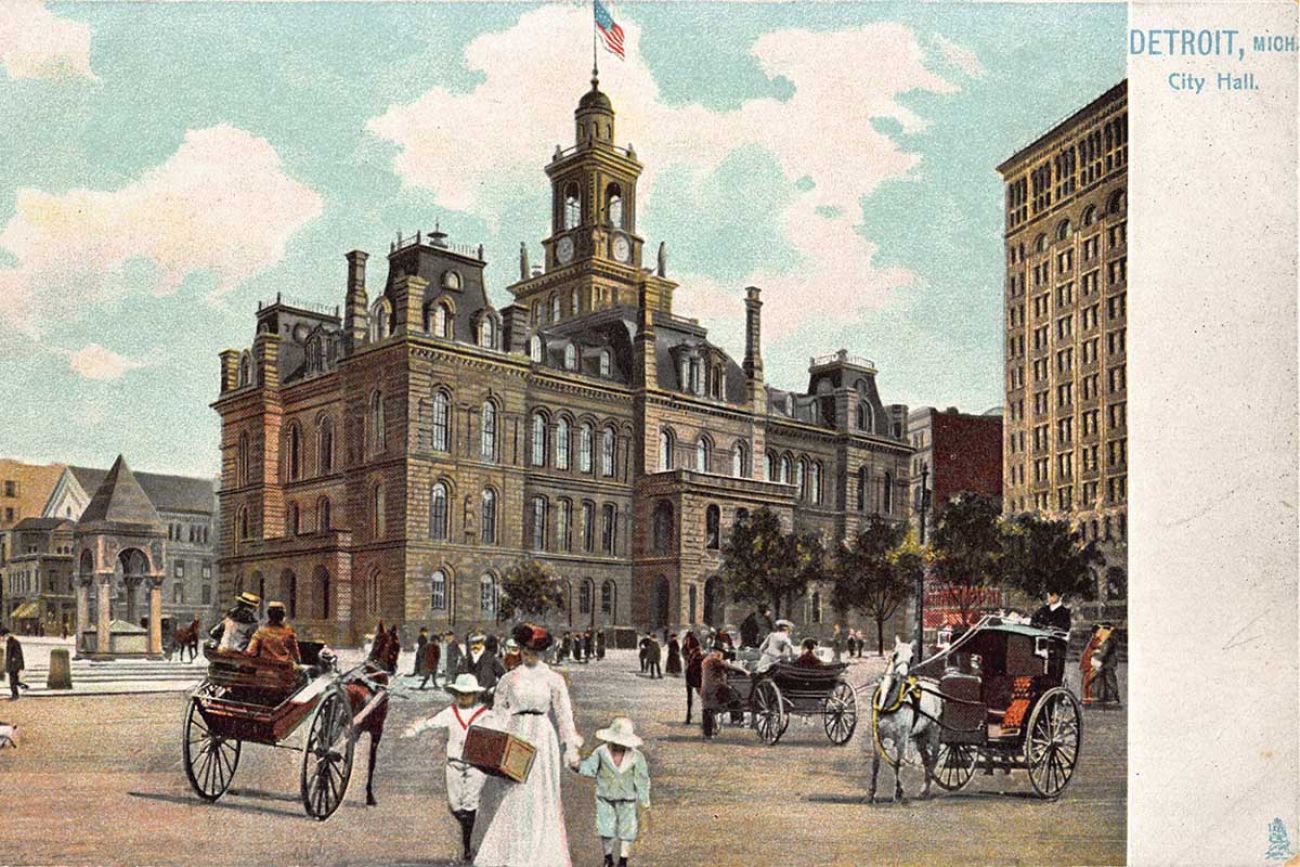
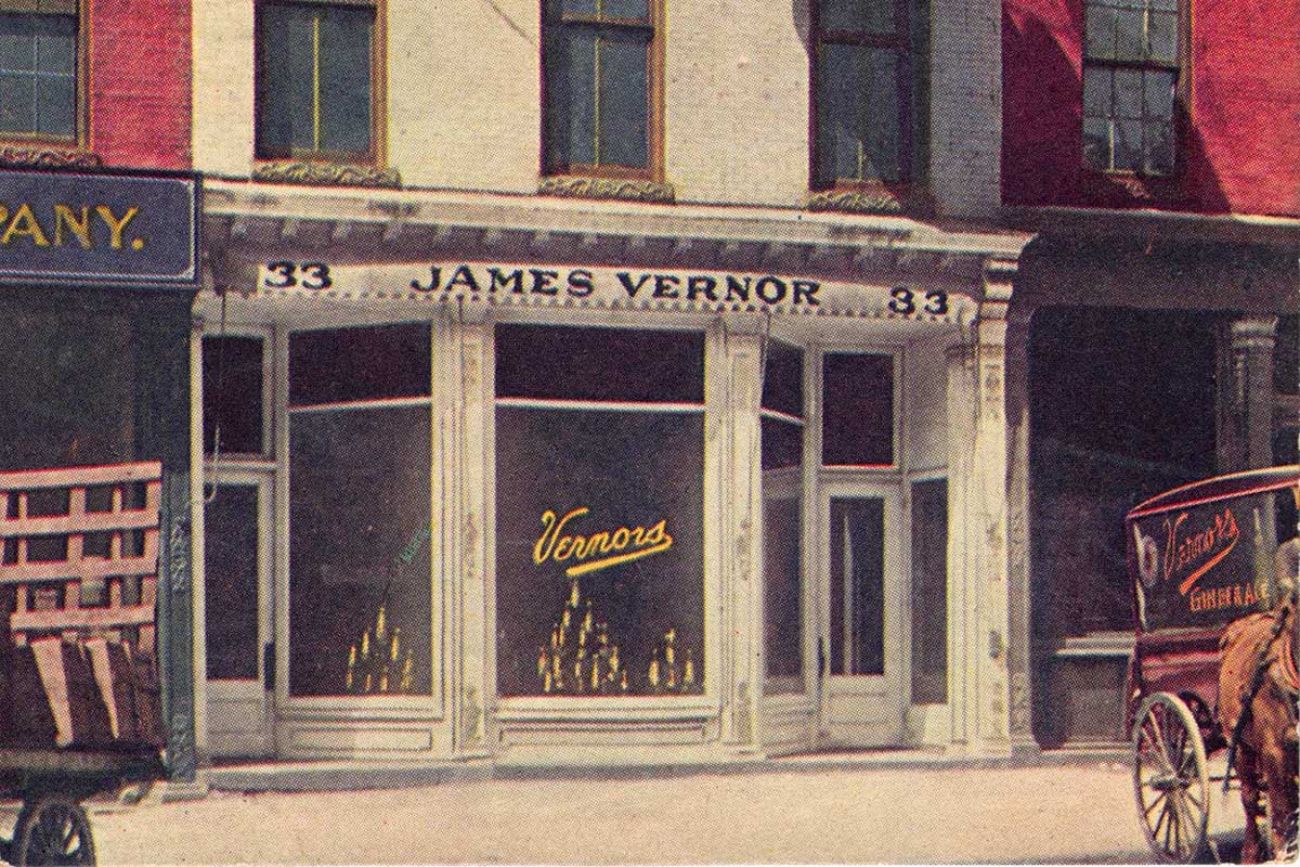
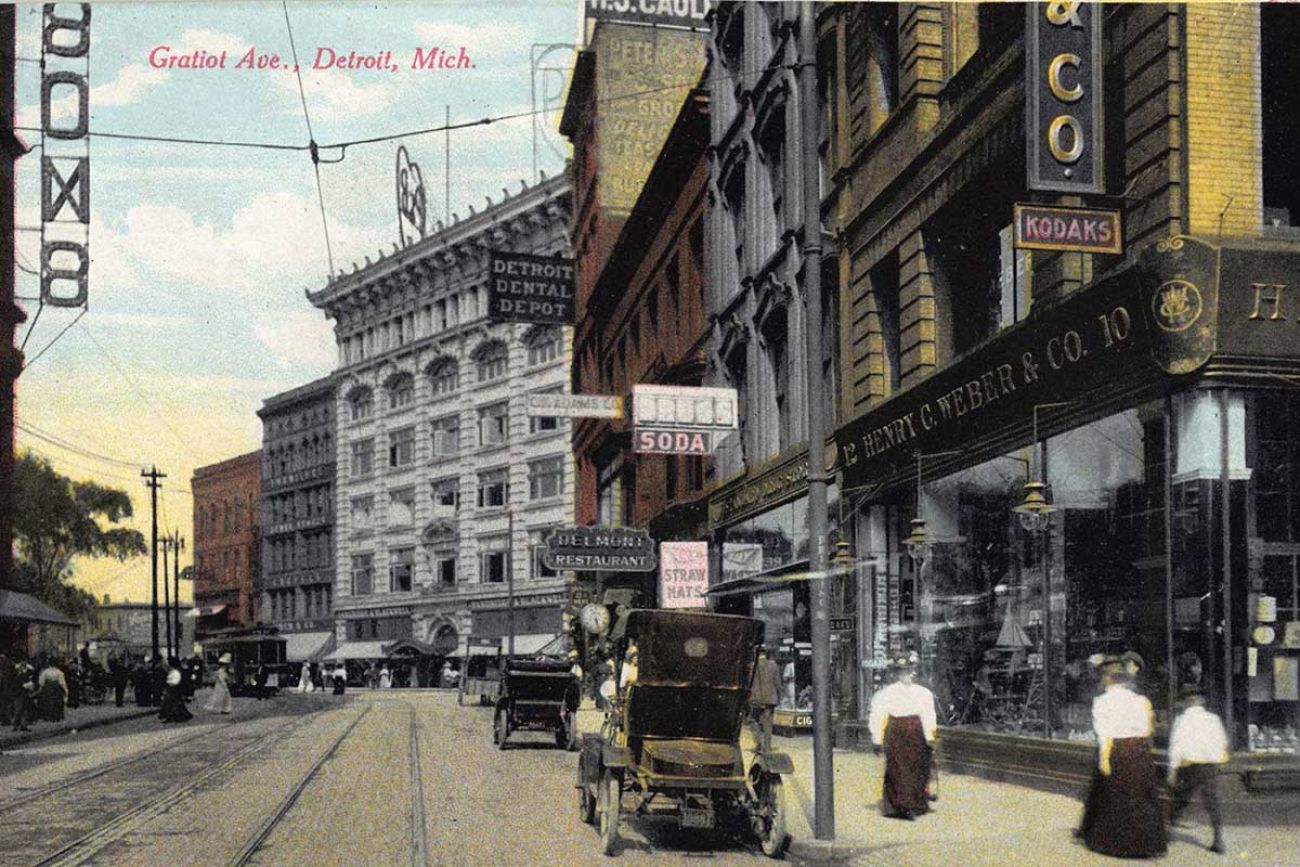
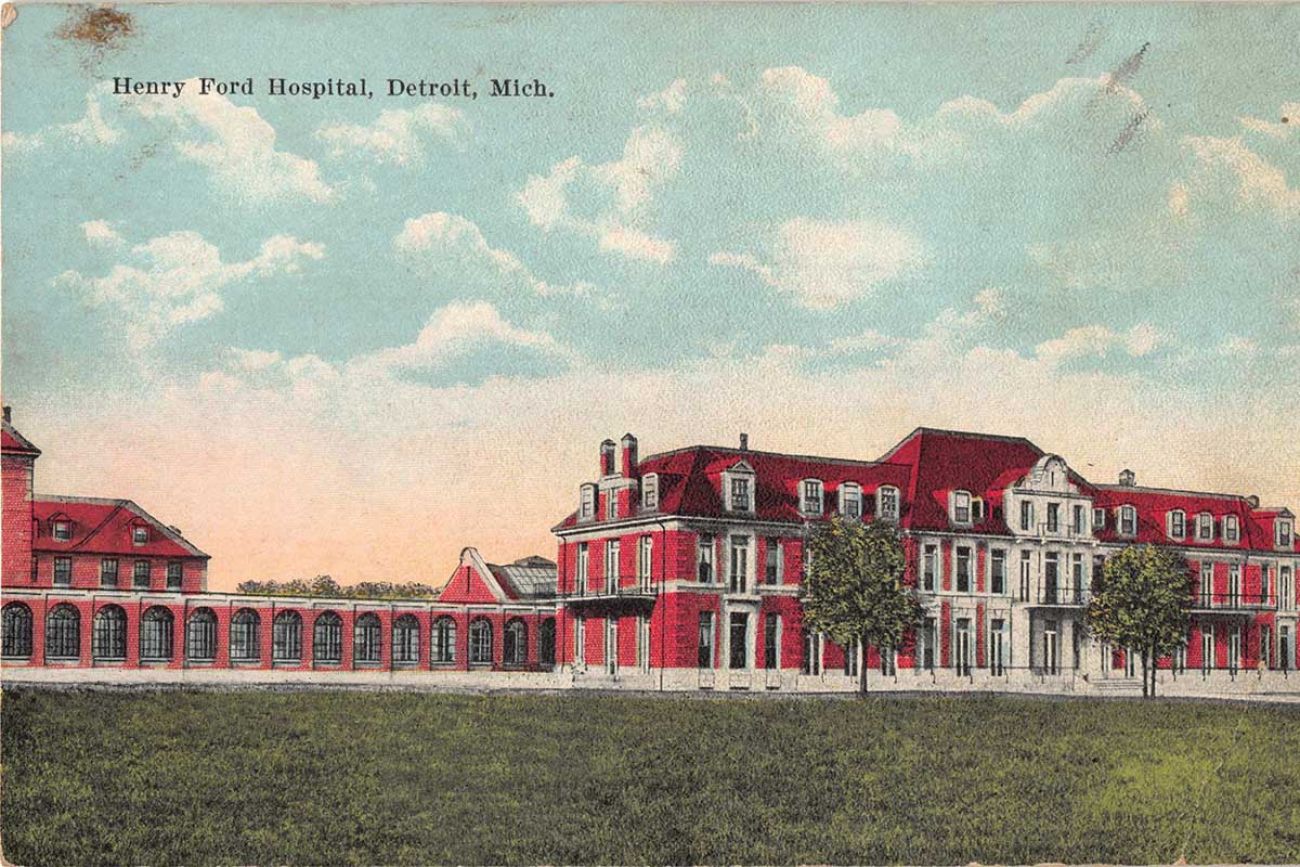
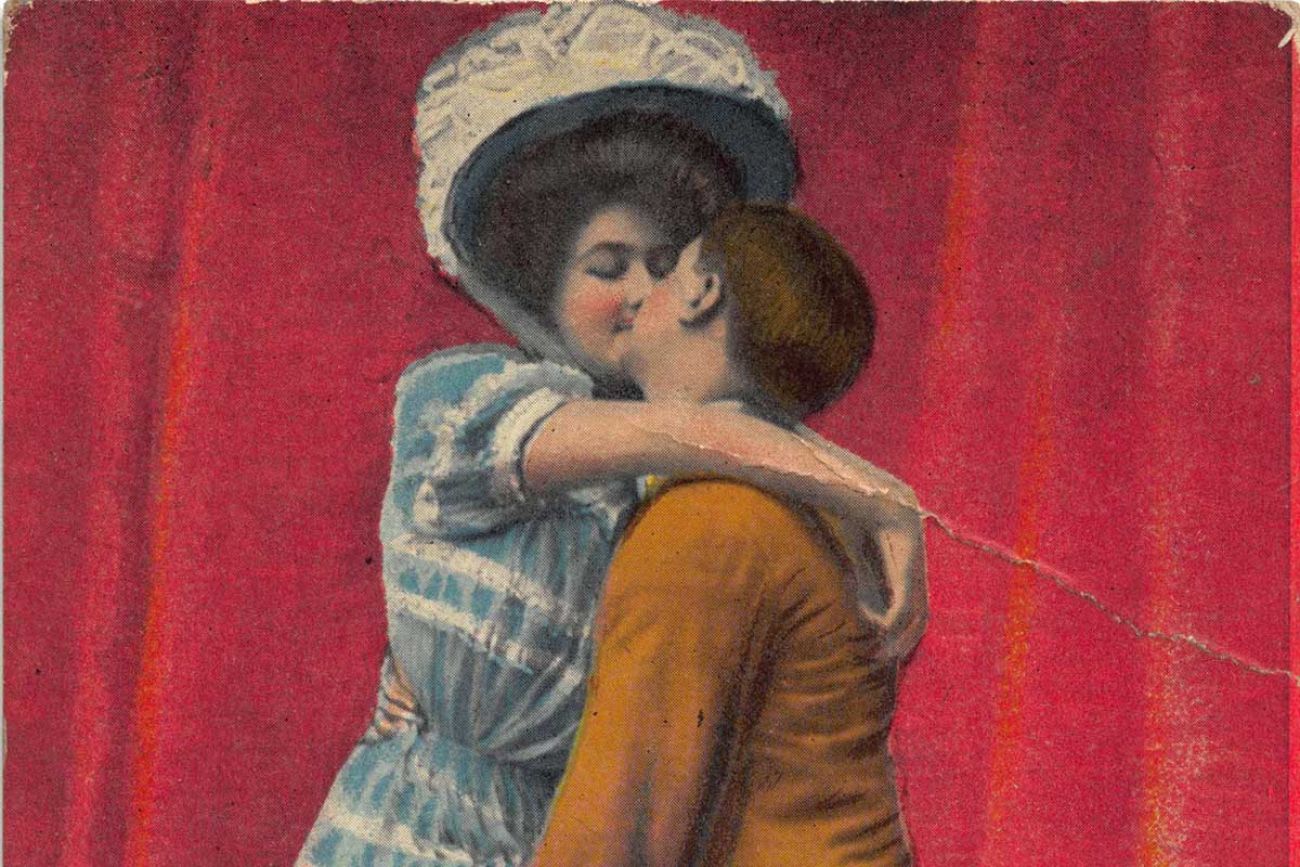
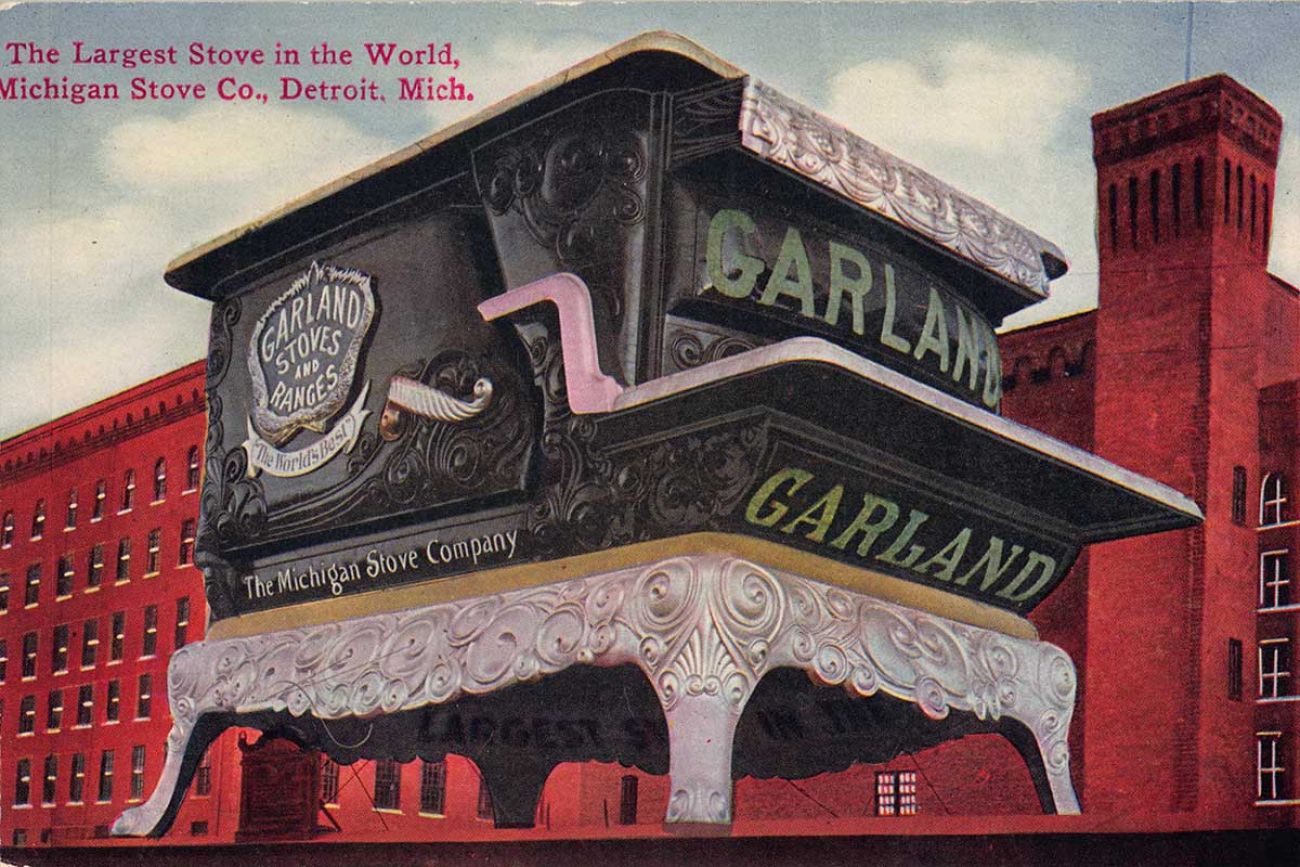
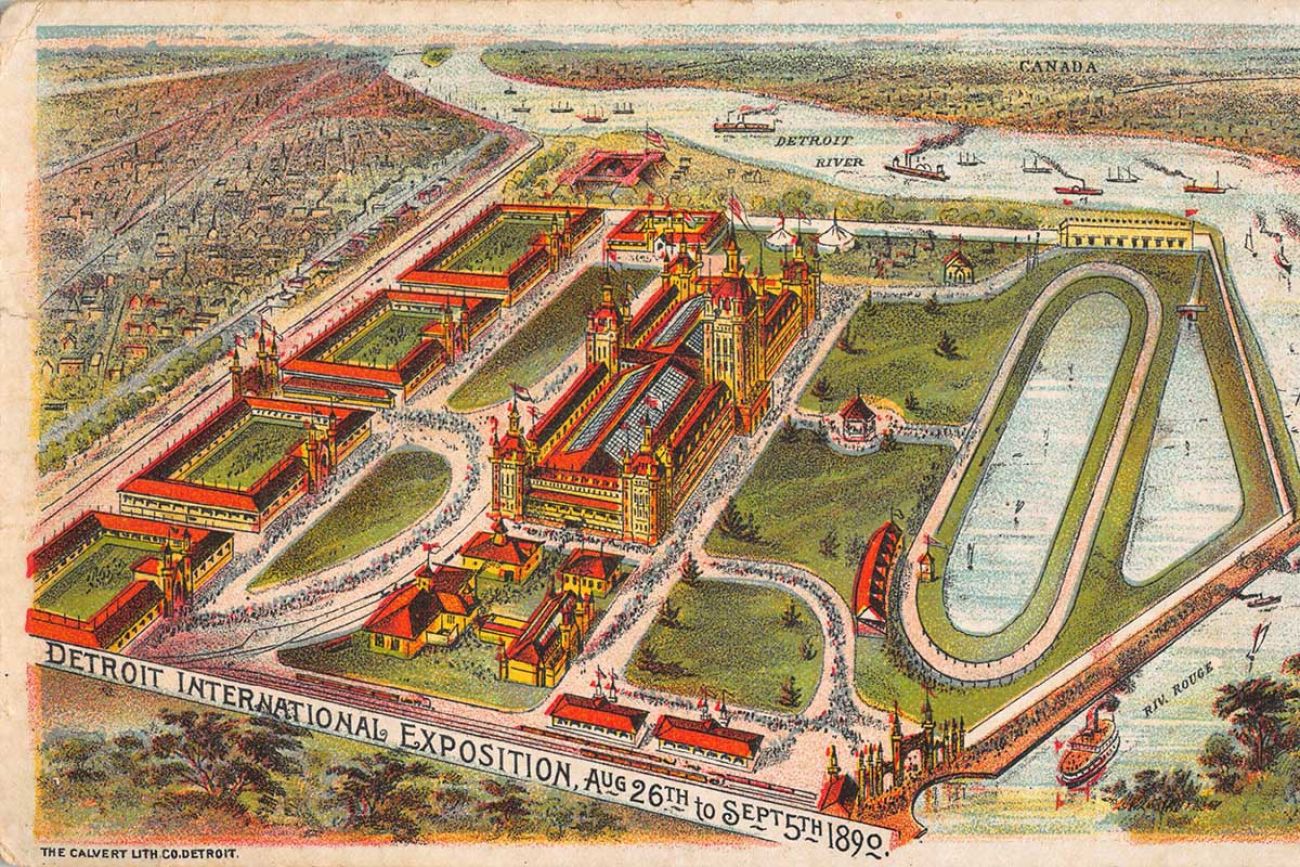

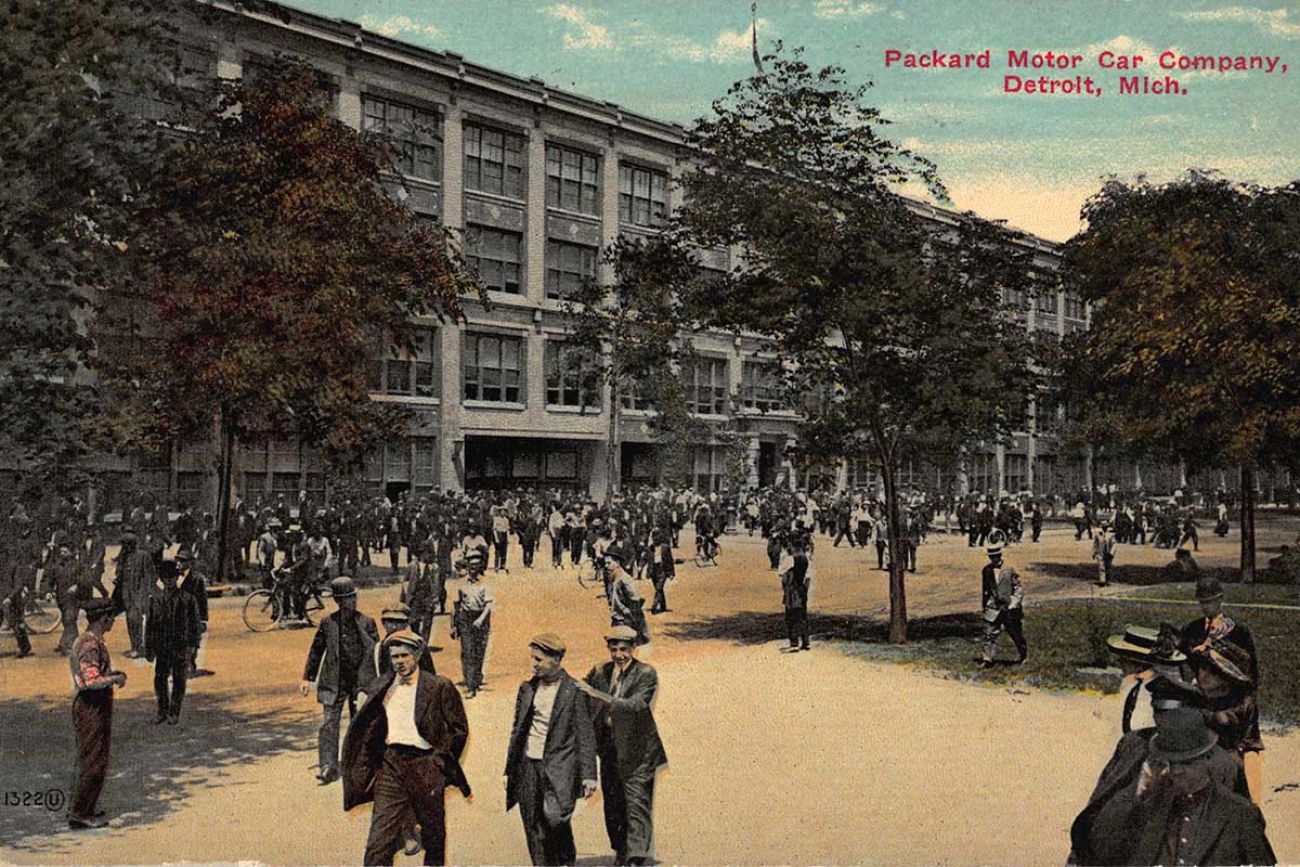

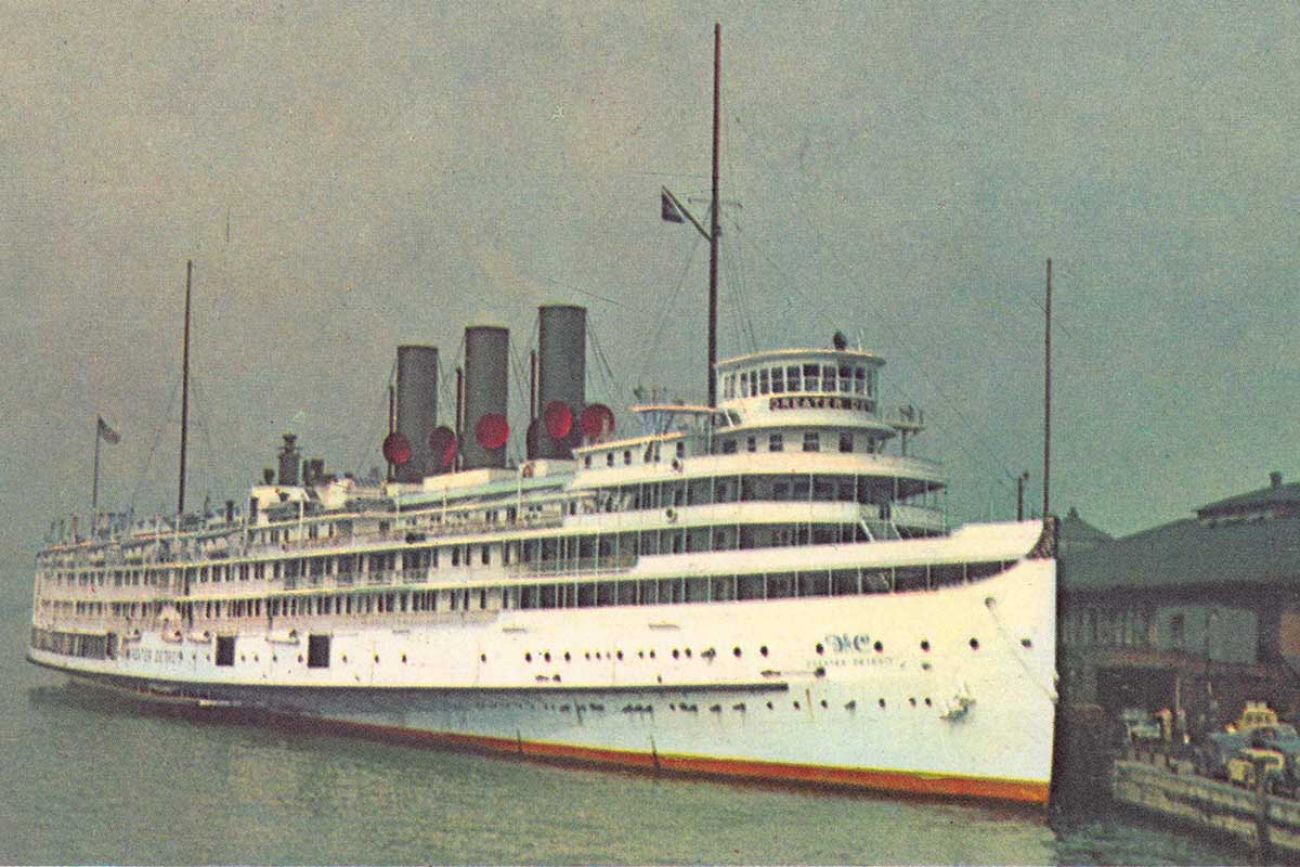
Long before Facebook, there was one surefire way to brag about your awesome vacation: simple postcards. And Dan Austin has a thing for them.
The public relations executive and architecture expert has thousand of postcards featuring his two great loves: Detroit and old buildings. After 10 years of collecting, he’s curated 200 cards into a new book, “Greetings from Detroit: Postcards from the Motor City,” which will be released Sept. 18. A book-release party is planned 1-4 p.m. Sept. 17 (this Sunday) in the Fisher Building lobby.
The postcards present an immediate, intimate glimpse of a city that exists only in memory: streetcars circling Campus Martius; roller coasters from a bygone amusement park near Belle Isle, and Briggs Field (the future Tiger Stadium) encircled by homes and trees.
“It’s a window into the past of Detroit that we have only read about in books. Now we’re able to see a little piece of what that looked like, and in full color,” said Austin, who also worked at the Detroit Free Press and as a communications staffer for Mayor Mike Duggan.
Austin is founder of the HistoricDetroit.org website that catalogues the city’s rich architectural history, and two books, “Lost Detroit” and “Forgotten Landmarks of Detroit.” Those books, particularly the latter, could be read as preservation calls to arms.
That message could be inferred with Austin’s latest, which includes brief histories about each postcard and building. But he said his primary goal was to entertain, “set the record straight” about the history of some buildings and introduce readers to postcard-collecting hobby.
“There’s no shortage of Detroit love and Detroit pride these days,” Austin said. “I can’t think of a lot better ways to show Detroit pride than to collect these beautiful cardboard rectangles.”
The most recent postcard in the book is from 1940. Austin said that was an editorial decision. After that, the meticulously painted and photographed buildings and street views became cheaply mass produced, he said.
Intentionally or not, the decision also freezes in time a Detroit that was still full of promise and ascendent. The city’s long, slow decline began after troops returned from World War II and automakers began closing or relocating plants that had defined Detroit.
The book is published by Painted Turtle, part of the Wayne State University Press. It retails for $24.99.
See what new members are saying about why they donated to Bridge Michigan:
- “In order for this information to be accurate and unbiased it must be underwritten by its readers, not by special interests.” - Larry S.
- “Not many other media sources report on the topics Bridge does.” - Susan B.
- “Your journalism is outstanding and rare these days.” - Mark S.
If you want to ensure the future of nonpartisan, nonprofit Michigan journalism, please become a member today. You, too, will be asked why you donated and maybe we'll feature your quote next time!

